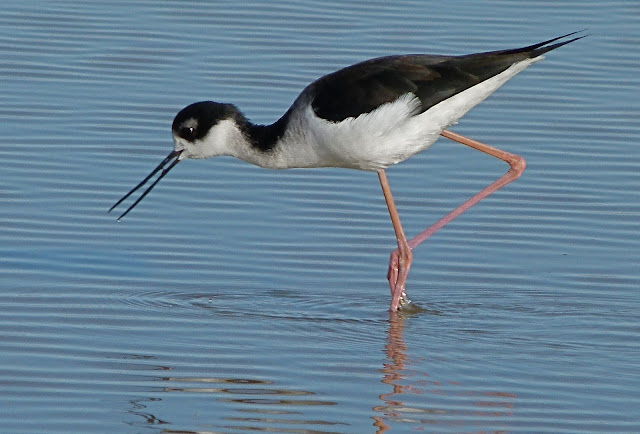 |
| The stream through the canyon |
 |
| The Club |
 |
| The Club cabin |
 |
| My Boss |
 |
| The loop trail |
 |
| Balancing rock |
 |
| Glue? |
 |
| Huff and puff and blow the rock down |
 |
| The stream through the canyon |
 |
| The Club |
 |
| The Club cabin |
 |
| My Boss |
 |
| The loop trail |
 |
| Balancing rock |
 |
| Glue? |
 |
| Huff and puff and blow the rock down |
 |
| Volcanoes closeup |
 |
| Checking steam in a new volcano |
 |
| Mud Pot |
 |
| Mud Pot |
 |
| Mud Pot |
 |
| Resort from the 40's-Adobe with Hot Springs |
 |
| Entrance to Slab City and Salvation Mountain |
 |
| Leonard Knight's creation 1985 |
 |
| Salvation Mountain |
 |
| Gib on the Yellow Brick Road |
 |
| The Flood of 1905-1907 |
 |
| Snow Goose with Canada Geese |
 |
| Willet with Dunlin |
 |
| Black-necked Stilt, Greater Yellowlegs and Least Sandpiper |
 |
| Avocets |
 |
| Cormorant preening |
 |
| Black-necked Stilt |
 |
| Stilt with food? |
 |
| Stilt with great legs |
 |
| Great Egret |
 |
| Black Phoebe |
 |
| Burrowing Owl next to burrow |
 |
| Cormorant Tree |
 |
| Eared Grebes |
 |
| Female Kestrel |
 |
| Green-winged Teal |
 |
| Shoveler Duck |
 |
| White-faced Ibis |
 |
| Snowy Egret |
 |
| Cholla Fruit |
 |
| Black-throated Sparrow on Pictograph Trail |
 |
| Dieweed? |
 |
| Lichens |
 |
| Pictographs |
 |
| Pictographs |
 |
| Pacific Crest Trail |
 |
| View of town with hotel from S-22 |
 |
| Ranchita above Borrego Sorings |
 |
| Red-shouldered Hawk near Ranchita |
 |
| Mythical Dragon |
 |
| Dragon Head |
 |
| Bighorn Sheep |